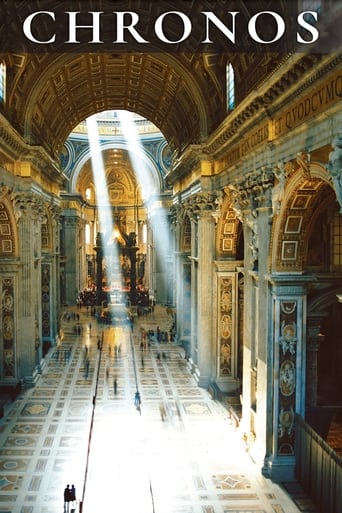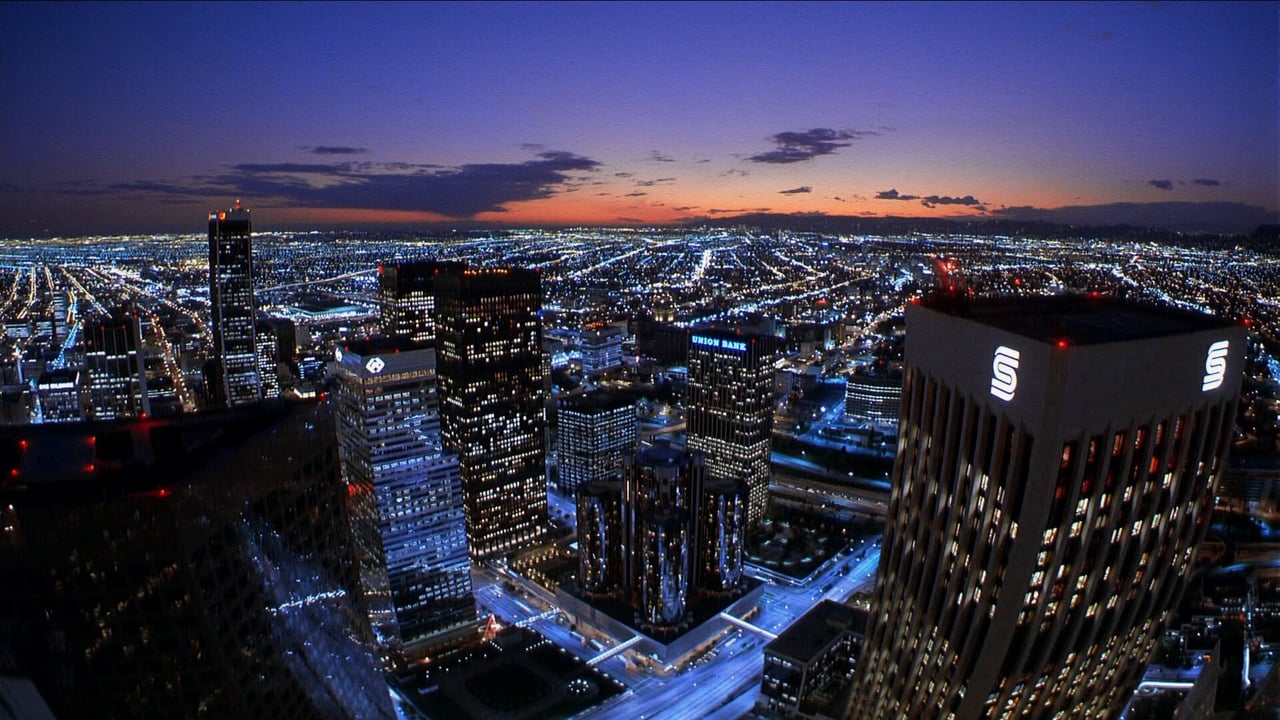ayhansalamci
"The lifetime of a human being is measured by decades, the lifetime of the Sun is a hundred million times longer. Compared to a star, we are like mayflies, fleeting ephemeral creatures who live out their lives in the course of a single day."Chronos is the personification of Time in pre-Socratic philosophy and later literature. Ron Fricke, who is regarded as the founder of time-lapse, has done a wonderful job. We live and die without realizing that our lives are trapped in a jar. Instead of making an effort to get out of the jar, we continue to practice our daily habits. The routine and falsity of mankind in everyday life is almost making a slapdash effect. Our dependence on technology and constantly trapped between concrete walls cools us from nature. I think we need to think a little bit. It is really fascinating to watch the works of art of the ancient civilizations, the spectacular nature images accompanied by great music. I was very happy to see the works of ancient Egyptian civilization. You should give Chronos a chance before the Baraka and Samsara documentaries.
Steve Skafte
This is somewhere between documentary and photography. It has neither a script nor actors, and there is no narrator, no interview, and no still images. This is a moving picture, in the purest sense. The major focus is the time lapse cinematography of Ron Fricke, who also serves as director. That, and the soundtrack by Michael Stearns, is the sum total of "Chronos".There are deeper meanings to some, intended and accidental, but I won't cheapen things by speculating on what those are. The main drive is the battle of slow versus fast, city versus nature. Much of the time lapse goes by at what appears to be the same speed, but what moves blisteringly fast in the city seems to go by without change or notice in nature. Only the slow march of shadows is apparent across rocks and old ruins. These passages are full and heavy with the weight of time. They pull like the moon on the tides, dragging you back into long forgotten history. It comes like a slow, shallow breath between trains hurtling down tracks to uncertain destinations, and the bleeding blur of strangers up escalators.I've watched "Chronos" in many different contexts. It's been a relaxing background to the end of a long, tired day, or the full focus of my attention as I appreciate its depth of artistry. At forty-three minutes, it's neither too long to drag or too short to feel cut off. Each time after watching it, I find myself out of place with the speed of things around me. I feel the need to step back and breathe, to run faster, to walk slower. Somehow, some way, "Chronos" changed the way I see time.
ccthemovieman-1
This is a 42-minute different kind of travelogue, showing various places around the world with no narration and, in some cases, speeded-up photography. In other cases - mainly the beginning - it's ultra-slow. To be honest, I like that fast-forward technique far more, such as where you see clouds and shadows moving by quickly. They move by landscapes, famous monuments and other building and even over art work. Other scenes area also run by quickly; usually when people are in the picture. Later, the speed is accelerated even more. Now people are just a blur. Still later, it's done differently with stop-action-type motion. Filming locations mainly are in the Southwest United States, New York City, Egypt, France and Italy.A few segments, such as those early ones in Egypt are way too slow but others are beautiful and fascinating. Some of these shots almost look computer-made, but they are real. The movie reminded me of "Koyaanisqati," but this is far better, in my opinion.There is no dialog in this short film. I've seen this three times and enjoyed it each time, although by now I am bored by the slow scenes. My favorites are ultra-speedy traffic parts. If you are looking something different, check it out.
CelluloidRehab
Ron Fricke's directorial debut, is a mixed bag. While visually stunning and musically haughty, this is nothing new for this type of genre. The genre being the silent-mentary (a film with no dialog that evokes a story or meaning using only images, still and moving, and sounds).One might remember Ron from his work on Koyaanisqatsi. He was the cinematographer on that movie (also had some writing credits). If one looks closely, you will find similarities in the looks of both movies. There is a repetition of the Grand Canyon fly over and one cityscape scene (done from mostly ground level, where there is a metal sculpture in front of a lit office building at night, with two lit buildings on each side, looking upwards). While there are similarities, there are also major differences between the two.The differences come from the directors. Koyaanisqatsi (and the other two movies in the trilogy : Powaqqatsi and Naqoyqatsi) flowed from the creative collaboration of Godfrey Reggio and Philip Glass. They imbued their movie with meaning, by combining images and music. The two elements intertwining to the point where you could not separate them. Whatever the "meaning" was left up to the viewer. They could range from "deep rooted messages" to "there was no message at all".Unfortunately, Ron's directorial debut isn't as good. He definitely does not have a Philip Glass to work with and it shows. One of the weaker elements is the music. The score is symphonic and works well generally, but is very generic sounding. There is very little about it that makes one stir (unless you got a cold draft coming in through the window and someone happens to scratch a blackboard at the same time). The visuals suffer as well. There seems to be little connection between the various places we are shown. Is there a reason we are shown this place or that place in particular ? Hard to tell. It feels more like a guided bus tour, than anything with substance behind it. Ron also seems to overdo the time lapse portions. He uses it in almost every scene. He also seems to have a fascination with the phases of the sun and the movement of sunlight during the course of a day.Don't misinterpret my critique as dislike. On the contrary, the movie has its merits and its moments. My favorite being the rise of the moon over a city at night, with the fly over and drive through ensuing at blazing fast speeds. I would have probably been better served if I had seen this movie before Reggio's trilogy. It is not as good, but its short length and beautiful imagery is definitely worth a look.


 AD
AD

